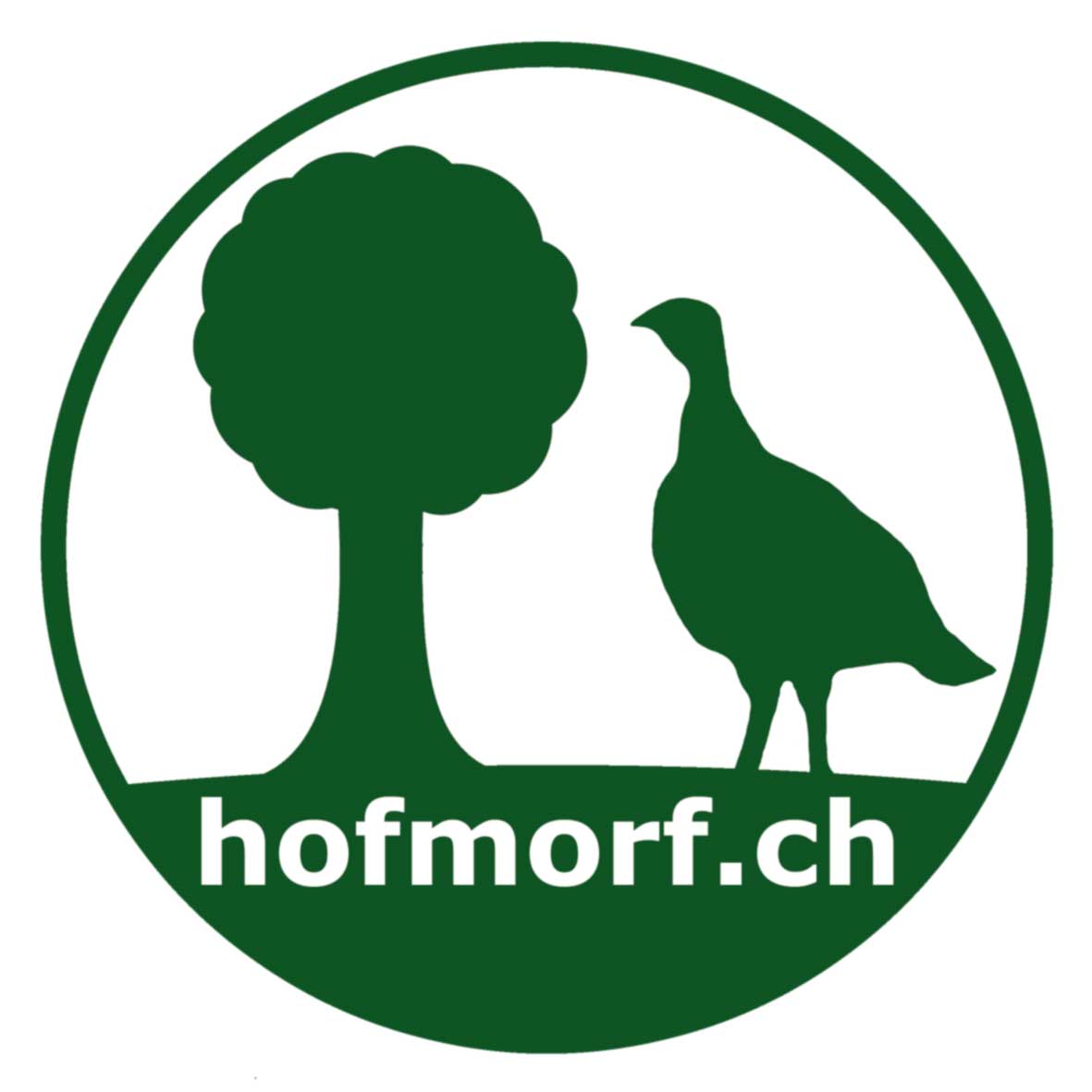Trenchless technology refers to a set of construction methods that allow the installation, repair, or rehabilitation of underground pipelines without the need for extensive excavation. Unlike traditional open-cut methods, trenchless techniques minimise surface disruption, reduce environmental impact, and offer more efficient and cost-effective solutions.
HofMorf TECHNOLOGIES FAQ'S
HofMorf has been at the forefront of trenchless solutions in South Africa since its establishment in 1994. With decades of experience, we have successfully completed numerous projects, earning a reputation for innovation, reliability, and excellence. Please enquire about our work experience list for further information and details at info@hofmorf.ch
HofMorf offers a comprehensive range of solutions, including horizontal directional drilling, pipe ramming, percussive moling, pipeline rehabilitation using various methods like CIPP lining, spirally wound pipe, slip lining, and more.
We have executed a diverse array of projects, from municipal sewer and water installations to industrial and commercial pipeline rehabilitation projects. These include both small-scale repairs and large-scale installations, all accomplished using our cutting-edge trenchless techniques. Please refer to our media page for publications of printed content.
Horizontal directional drilling involves drilling a pilot bore horizontally beneath the ground to create a pathway for the new pipeline installation. This method offers advantages like reduced surface disturbance, fewer environmental impacts, and the ability to install pipes under obstacles like rivers, roads, and existing utilities.
Pipe ramming is a trenchless method used to install steel casings or pipes by driving them into the ground with percussive blows. It is suitable for installing pipes through various soil conditions, especially when dealing with shallow pipe cover or sandy, wet terrain.
Percussive moling involves driving a pneumatic hammer through the soil to create a bore while simultaneously installing pipes or conduits. This method is commonly used for installing small-diameter pipelines for water and telecommunications / ducts.
Pipeline rehabilitation refers to the process of restoring and improving the condition of existing pipelines without the need for full replacement by conventional open cut methods. This method helps extend the lifespan of pipelines, reduces leaks and structural issues, and minimizes maintenance requirements.
Spirally wound pipe is a trenchless method where a continuous strip of PVC or HDPE profile is helically wound inside an existing pipe, creating a new structural liner. It is ideal for rehabilitating pipes with moderate damage, corrosion, or infiltration issues. Specifically designed for sewer and stormwater applications.
Slip lining involves inserting a new pipe into an existing damaged pipeline to improve its structural integrity. It is an effective solution for rehabilitating pipes with minor damages, joint defects, or root intrusion.
Cured-In-Place Pipe (CIPP) lining is a trenchless method where a flexible liner saturated with resin is inserted into a damaged pipeline and cured to create a new structural lining. It offers advantages like reduced costs, minimal excavation, and a seamless, jointless pipe interior.
The reinforce flexible fabric liners are manufactured at the suppliers factory and tested under factory conditions before being shipped to site. Some liners are Kevlar reinforced which greatly increases there burst strength capacity. The strong burst strength, and liner flexibility, without the need for a curing process which is conventionally associated with other flexible liner methods, creates a durable, high-strength lining. This method is effective for rehabilitating long lengths of pipe, bends, and increased flow or pressure requirements. It is also ideal for eliminating leaks and therefor specifically designed for pressure applications such as potable water, raw water or rising mains (for sewer applications). It can also be used for gas pipelines.
Pull-in flexible hose liners are advantageous due to their ability to be installed through small access points and conform to the host pipe’s shape. They are suitable for both small and large-diameter pipelines, making them a versatile and efficient rehabilitation solution.
Large diameter joint sealing involves applying specialized materials and techniques to repair and reinforce joints in large-diameter pipelines, ensuring a watertight and structurally sound system, which helps extend the pipeline’s lifespan and improve its performance.
Pipe bursting involves fragmenting the old pipe while simultaneously pulling in a new, larger pipe to replace the existing pipeline without the need for open trenches, making it suitable for size-for-size replacement or upsizing. Typically an upsize allows for a step increase to the next available pipeline diameter, eg, upsizing a 110mm diameter pipe to a 160mm diameter pipe or upsizing a 250mm diameter pipe to a 315mm diameter pipe etc.
Pipe reaming enlarges an existing pipeline’s diameter while simultaneously installing a new, larger pipe. It is recommended when upsizing existing pipelines or rehabilitating pipes with substantial structural issues or diameter adjustments. Typically the upsize possible when using pipe reaming over conventional pipe bursting is much larger than the next step increase in pipe diameter.
At HofMorf, we prioritize quality and safety through rigorous project planning, experienced and trained personnel, adherence to industry standards, and continuous monitoring during execution. We also adhere to the various standards and specifications as published by the Southern African Society for Trenchless Technology (SASTT).
Trenchless technology reduces surface disruption, minimizes soil disturbance, and lowers the carbon footprint, leading to reduced environmental impact, preservation of landscapes, and decreased traffic disruptions.
How does hof morf help minimize disruption to communities and traffic during pipeline installations?
Trenchless technology minimizes the need for large excavation sites, reducing traffic disruptions and preserving community aesthetics, making it an ideal solution for urban and densely populated areas.
While trenchless methods offer numerous benefits, project feasibility depends on factors such as soil conditions, existing pipe condition, depth, length, and available access points. Our experts at HofMorf will conduct a thorough assessment to determine the most suitable trenchless solution for your specific project requirements.
